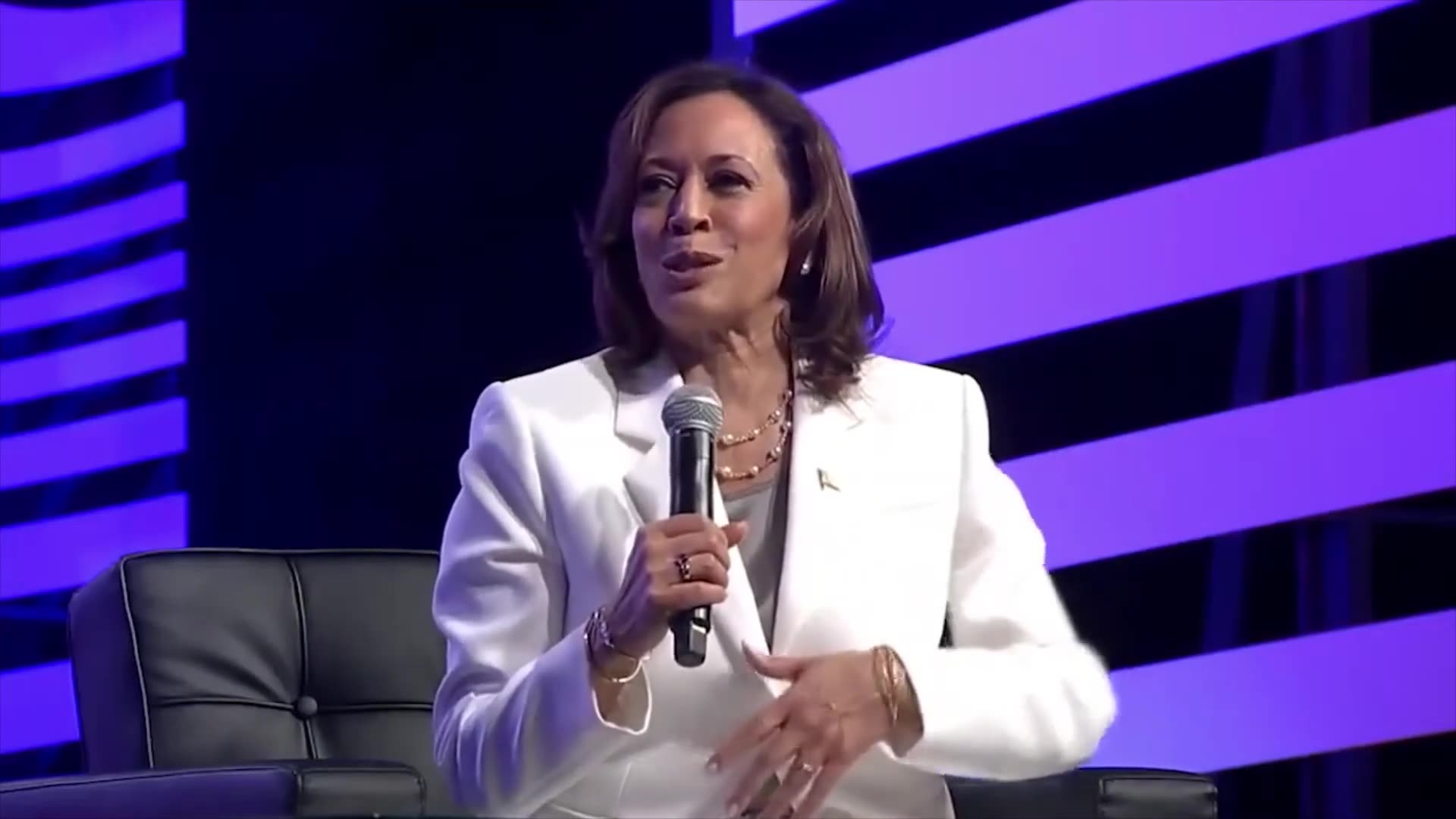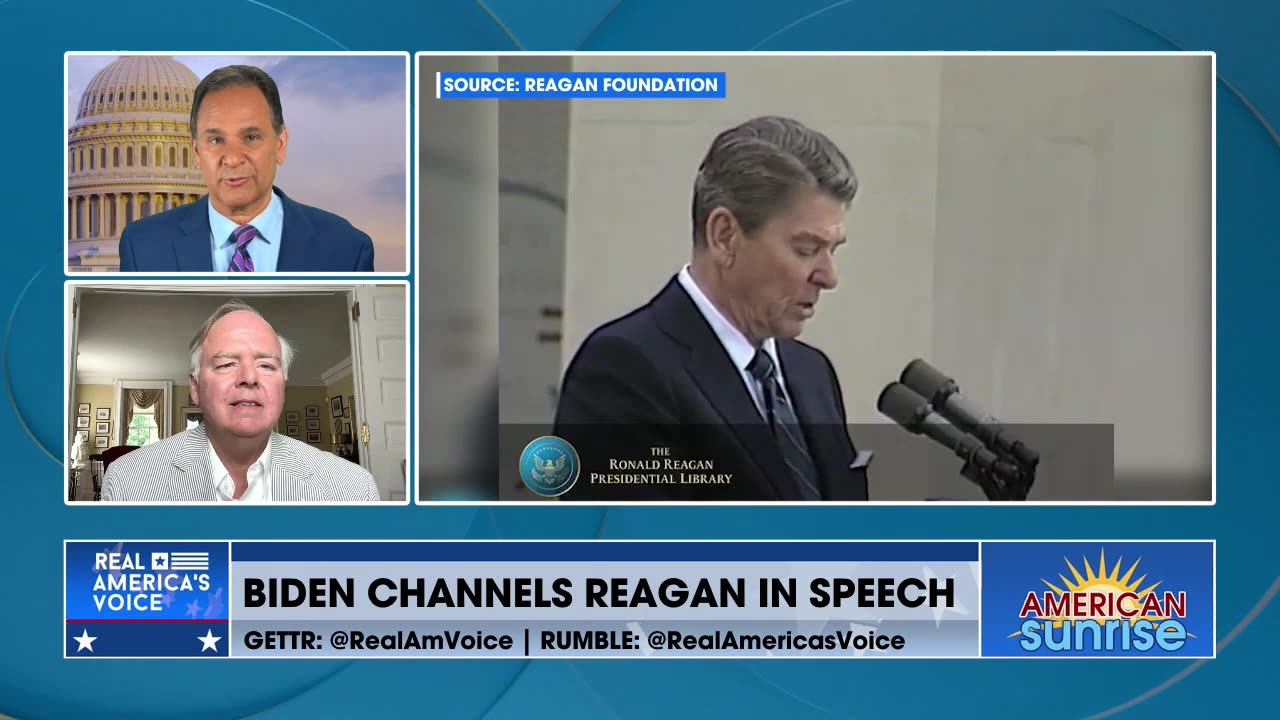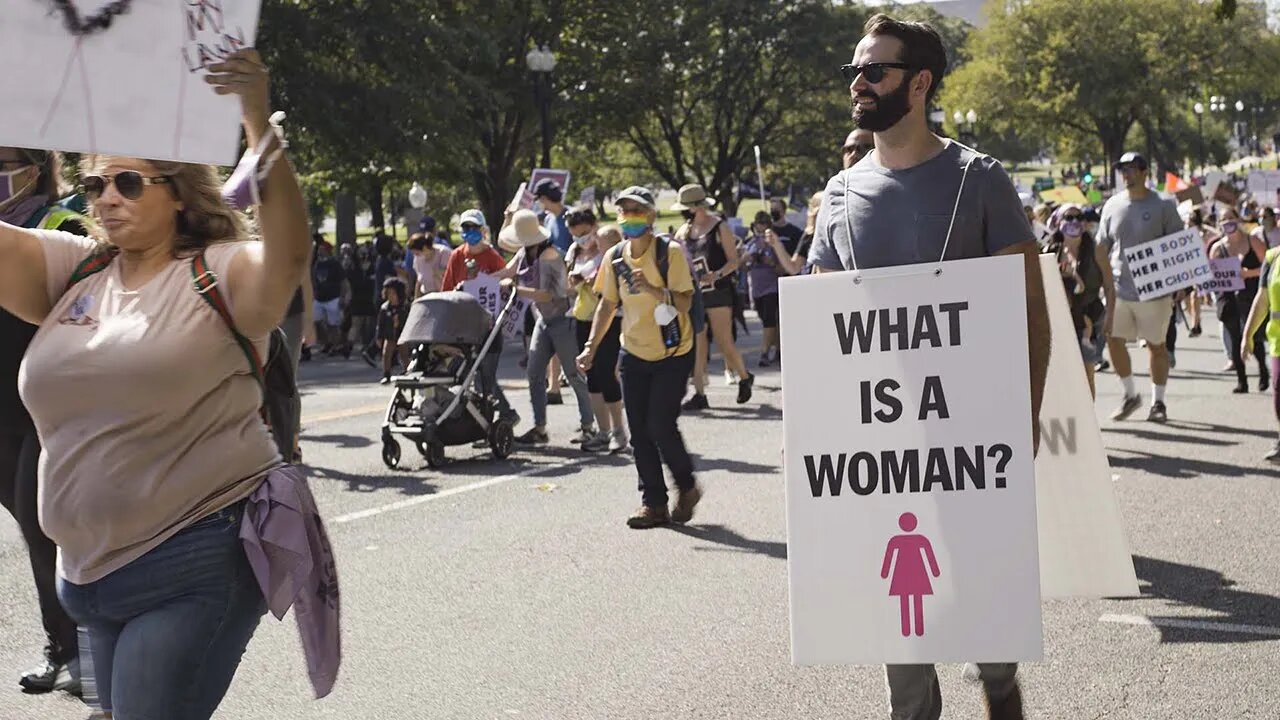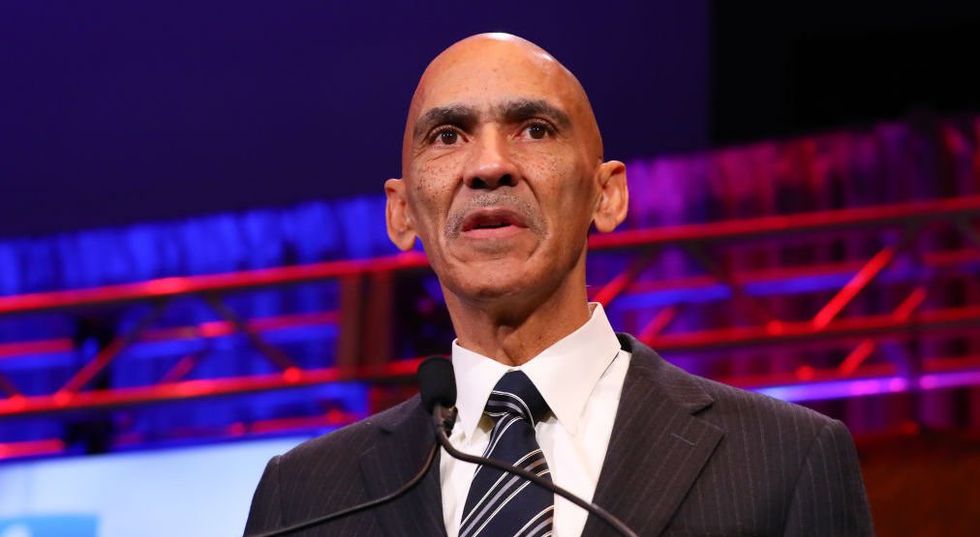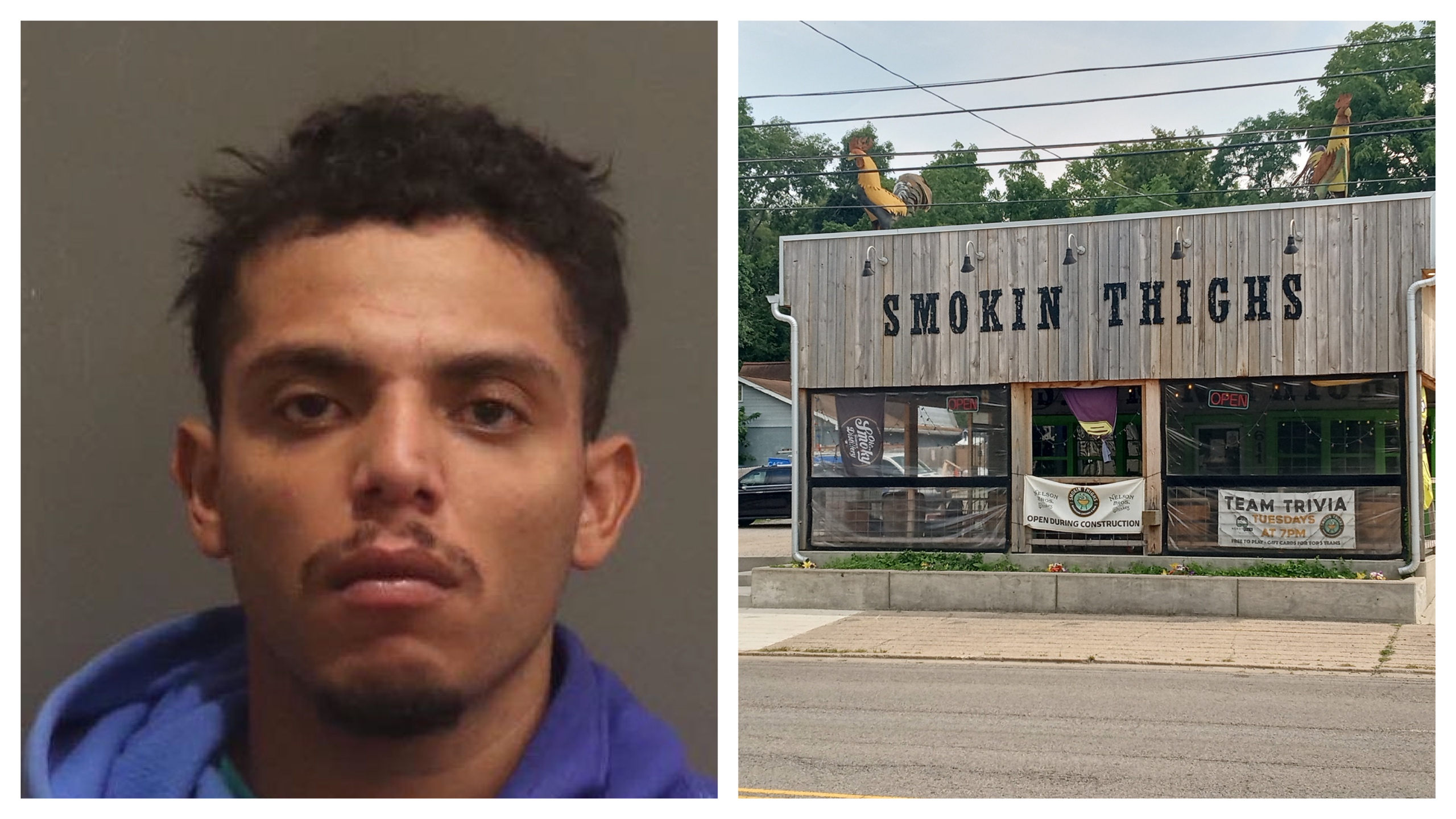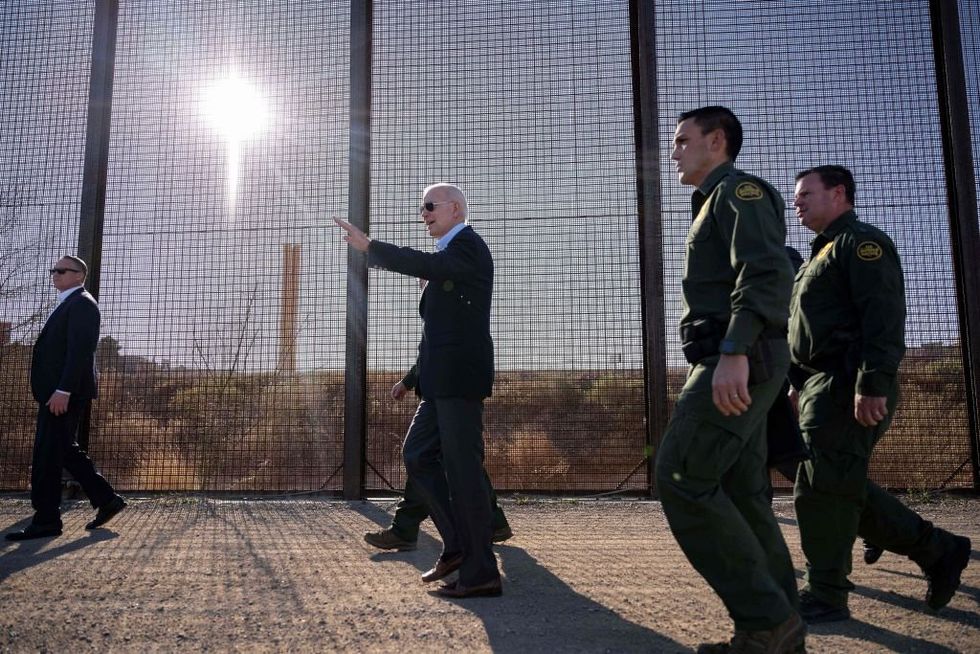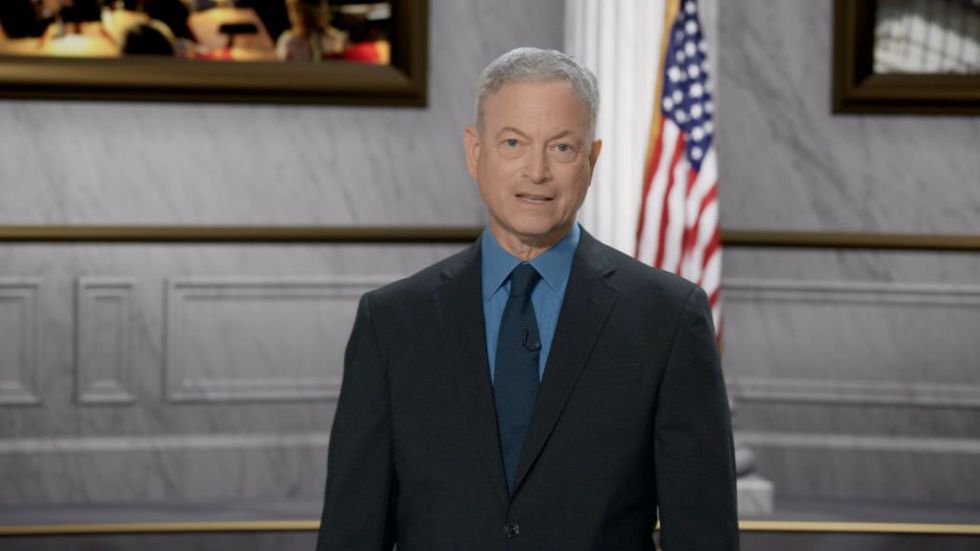DHS Made No Effort To Locate Missing ‘Unaccompanied Alien Children,’ Auditor Says In ‘Urgent’ Alert
HHS loses track of 33% of unaccompanied minors within 30 days of them being delivered to “sponsors,” raising fears of human trafficking or abuse. The attempt to serve a Notice to Appear to children at their sponsor’s address would serve as another government check-in–but it has not been made.
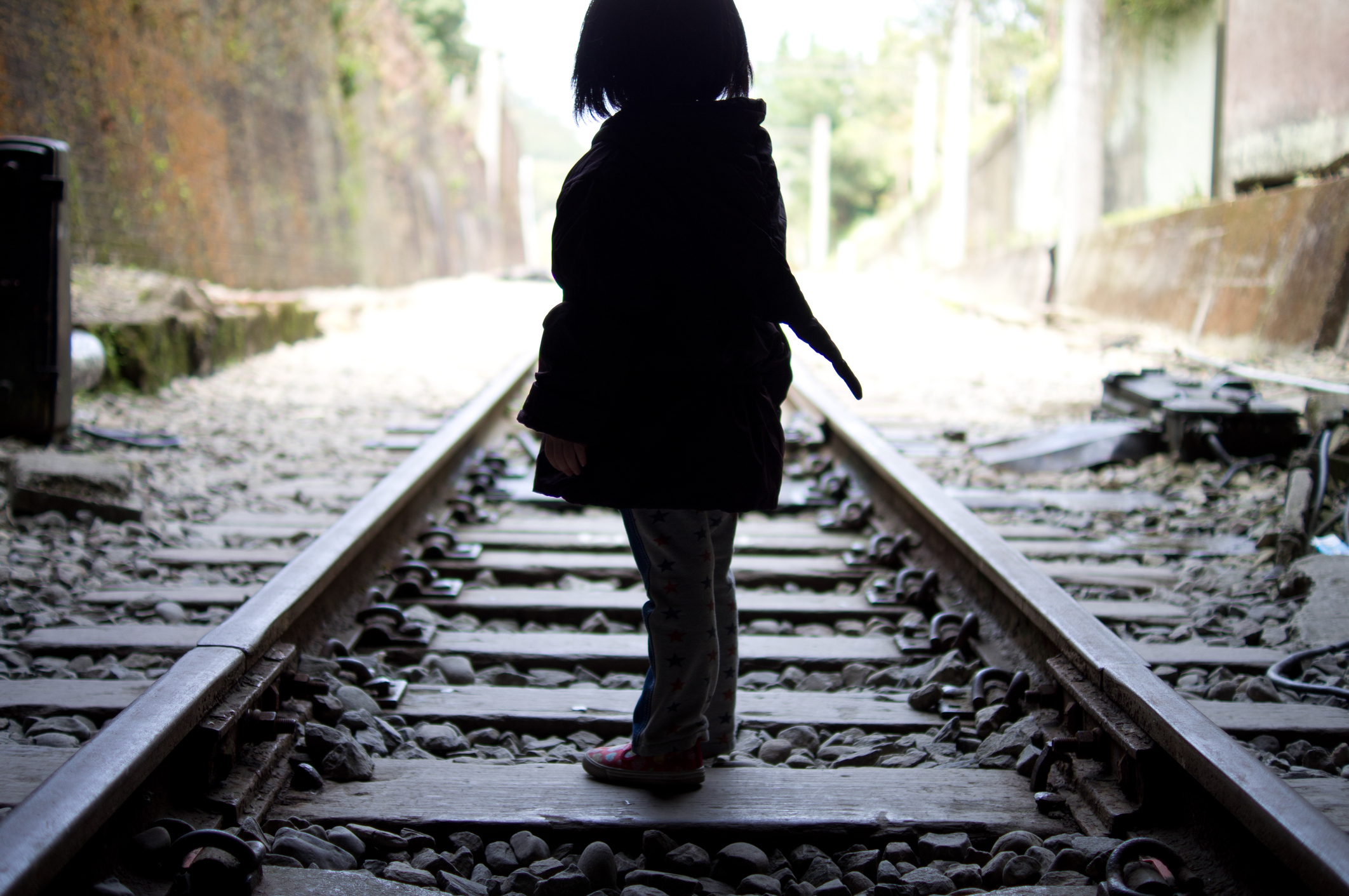
The Department of Homeland Security does not know the location of nearly 300,000 unaccompanied children who came to the country illegally and were sent to live with adult sponsors, the department’s inspector general said in an alert flagging the “urgent issue” for Immigration and Customs Enforcement.
“ICE must take immediate action to ensure the safety of UCs residing in the United States,” the inspector general said in the report, released Monday. “Without an ability to monitor the location and status of UCs, ICE has no assurance UCs are safe from trafficking, exploitation, or forced labor.”
The report is a significant blow to Vice President Kamala Harris, coming as she and other members of her party tout their “compassionate” border policies at the Democratic National Convention. Another relocation program for illegal immigrants — hailed in the DNC platform as a significant achievement of the Biden-Harris administration — was shuttered after auditors documented massive fraud by sponsors.
ICE transferred 448,820 unaccompanied alien children to the Department of Health and Human Services (HHS) between fiscal year 2019 and fiscal year 2023. After dipping from 68,000 to 15,000 transfers between 2019 and 2020, the annual number of transfers has hovered around 120,000 annually since.
Though ICE is tasked with keeping tabs on unaccompanied children and serving them with a “notice to appear” as part of their immigration case, the agency largely failed to do so. ICE failed to locate around 291,000 children handed over to HHS, some two-thirds of transfers.
“At one location we visited, 34,823 (84 percent) of 41,638 UCs in the local area had not been served NTAs,” the inspector general wrote.
Thirty-two thousand minors who were given a “notice to appear” did not show up to their court dates.
“That number may have been much larger had ICE issued NTAs to the more than 291,000 UCs who were not placed into removal proceedings,” the inspector general said.
There is reason to believe that many of the no-shows are missing or dead, or have been kidnapped or trafficked. After ICE turns children over to HHS, the latter agency relies on contractors to place the minors in care of adult illegal immigrant “sponsors,” many of whom claim to be relatives. The Biden administration has loosened the vetting and restrictions on these sponsors in an attempt to deal with the massive number of children crossing the border.
Whistleblowers from DHS, HHS, and holding camp and transportation contractors say that children are often trafficked across the border, placed with sponsors who are part of that trafficking network, and forced to work in sex or labor slavery to pay off a debt to the cartel. Documents show that HHS sent children to live with known gang members, and turned minors over to adults at airports even when their IDs suggested they were not the vetted sponsor.
ICE personnel interviewed by the inspector general said they, too, had encountered exploited children.
Agents “had identified UCs in unsafe conditions but were unable to intervene,” the report states. “One ICE officer expressed concern with not being able to take action in a case involving a UC whose sponsor claimed the UC was in an inappropriate relationship with her husband,” the report said.
That agent did not receive assistance from his superiors, however — a common state of affairs. Nine out of 10 ICE offices made no effort to locate missing unaccompanied minors, the inspector general’s report found. ICE is not alone in its failure to keep tabs on unaccompanied minors, the inspector general says.
“DOJ, HHS, and DHS [legal] and ERO [Enforcement and Removal Operations] agreed to coordinate when a UC fails to appear for court, however this agreement and related process has not been documented in a formal policy or guidance.”
Despite “new guidance to verify the location of UCs who failed to appear for their court hearings and improve coordination with HHS, we found ICE often neither followed this guidance nor issued corresponding guidance for its officers,” the report says. “We met with ERO personnel at 10 field offices, including some virtually. Officers at only one location stated they attempted to locate UCs who did not appear in immigration court,” the report said.
Nor did ICE have a system to alert HHS.
“When ICE does not share information with HHS regarding UCs who did not appear for hearings, HHS personnel are unable to determine if UCs need wellness checks or post-release services for individuals at an increased risk of being trafficked,” the report states.
HHS attempts to place a call to sponsors — its sole follow-up effort — to check in on unaccompanied minors 30 days after handing them off. Most of the time, sponsors are noncooperative or tell HHS representatives that the child is no longer in their custody, and that they are unaware of the minor’s whereabouts.
“Overall, the agency lost immediate contact with a third of migrant children,” The New York Times reported in February 2023, saying 85,000 children were missing.
Applying that rate to a more recent estimate of unaccompanied minors suggests there may be 150,000 missing children.
HHS claims it is no longer responsible for migrant children after they enter the care of sponsors. The agency declines to cooperate with Child Protective Services and local school districts that attempt to check in on missing children. That means that, unlike every other child in the country, there is almost no way for anyone to know where unaccompanied minor children are — or whether they are safe or alive.
Originally Published at Daily Wire, World Net Daily, or The Blaze
What's Your Reaction?













































